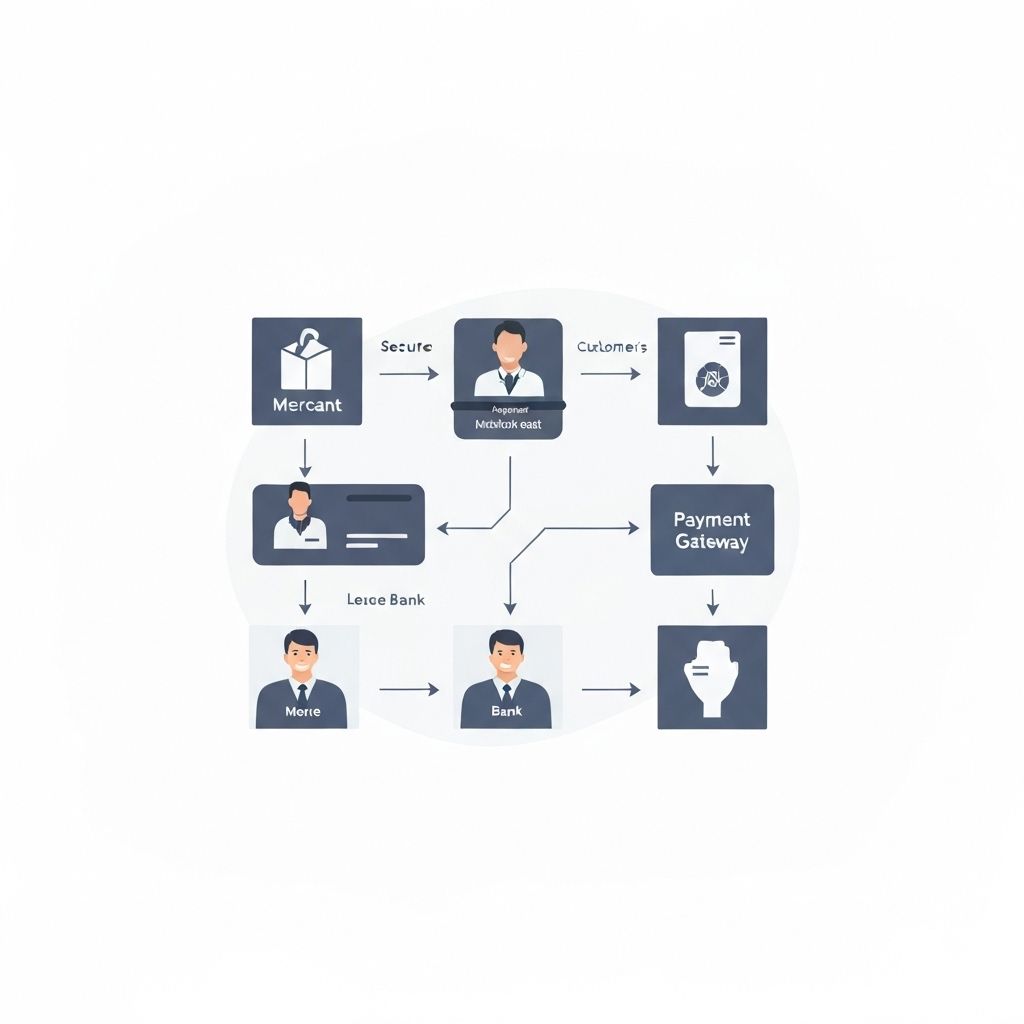Secure Payment Integration: Best Practices for 2024

Payment security has never been more critical. With cyber threats evolving rapidly and regulations tightening, implementing secure payment systems requires a comprehensive understanding of modern security practices and compliance requirements.
The Current Payment Security Landscape
The payment industry faces unprecedented challenges in 2024:
- Increased fraud attempts: 35% rise in payment fraud globally
- Stricter regulations: Enhanced PCI DSS 4.0 requirements
- Consumer expectations: Seamless yet secure payment experiences
- Multi-channel complexity: Consistent security across web, mobile, and in-person payments
Essential Security Principles
1. PCI DSS Compliance
Payment Card Industry Data Security Standard (PCI DSS) 4.0 introduces new requirements:
- Enhanced authentication: Multi-factor authentication for all system access
- Customized approach: Flexibility in meeting security objectives
- Regular testing: Continuous vulnerability assessments
- Network segmentation: Isolated payment processing environments
2. Tokenization and Encryption
Tokenization replaces sensitive card data with non-sensitive tokens:
// Example tokenization flow
const tokenizeCard = async (cardData) => {
const response = await paymentProcessor.tokenize({
cardNumber: cardData.number,
expiryDate: cardData.expiry,
cvv: cardData.cvv
})
// Store only the token, never the actual card data
return response.token
}End-to-end encryption protects data in transit and at rest:
- TLS 1.3 for data transmission
- AES-256 encryption for stored data
- Hardware Security Modules (HSMs) for key management
3. Strong Customer Authentication (SCA)
European regulations require SCA for online payments:
- Two-factor authentication: Something you know + something you have
- Biometric verification: Fingerprint, face recognition, or voice
- Dynamic linking: Transaction-specific authentication codes
Implementation Best Practices
Secure API Design
// Secure payment API endpoint example
app.post('/api/payments', [
rateLimiter, // Prevent abuse
validateApiKey, // Authenticate requests
validatePayload, // Sanitize input
async (req, res) => {
try {
// Process payment with encrypted data
const result = await processSecurePayment(req.body)
// Log transaction (without sensitive data)
auditLogger.log({
transactionId: result.id,
amount: result.amount,
timestamp: new Date(),
ipAddress: req.ip
})
res.json({ success: true, transactionId: result.id })
} catch (error) {
// Handle errors securely
res.status(400).json({ error: 'Payment processing failed' })
}
}
])Frontend Security Measures
- Content Security Policy (CSP): Prevent XSS attacks
- Secure form handling: Never store card data in browser storage
- Input validation: Client and server-side validation
- HTTPS enforcement: All payment pages must use SSL/TLS
Backend Security Architecture
- Microservices isolation: Separate payment processing from other services
- Database encryption: Encrypt sensitive data at rest
- Access controls: Role-based permissions and audit trails
- Regular security updates: Keep all dependencies current
Popular Payment Gateways and Integration
Stripe Integration
// Secure Stripe integration example
const stripe = require('stripe')(process.env.STRIPE_SECRET_KEY)
const createPaymentIntent = async (amount, currency) => {
return await stripe.paymentIntents.create({
amount: amount * 100, // Convert to cents
currency: currency,
automatic_payment_methods: {
enabled: true,
},
metadata: {
integration_check: 'accept_a_payment',
},
})
}PayPal Integration
// PayPal SDK integration
const paypal = require('@paypal/checkout-server-sdk')
const createOrder = async (amount) => {
const request = new paypal.orders.OrdersCreateRequest()
request.prefer("return=representation")
request.requestBody({
intent: 'CAPTURE',
purchase_units: [{
amount: {
currency_code: 'USD',
value: amount
}
}]
})
return await client.execute(request)
}Fraud Prevention Strategies
Machine Learning-Based Detection
- Behavioral analysis: Detect unusual spending patterns
- Device fingerprinting: Identify suspicious devices
- Geolocation verification: Flag transactions from unusual locations
- Velocity checking: Monitor transaction frequency and amounts
Real-Time Monitoring
// Fraud detection middleware
const fraudDetection = async (req, res, next) => {
const riskScore = await calculateRiskScore({
amount: req.body.amount,
userHistory: req.user.transactionHistory,
deviceFingerprint: req.headers['x-device-id'],
ipAddress: req.ip
})
if (riskScore > RISK_THRESHOLD) {
// Require additional verification
return res.status(202).json({
requiresVerification: true,
verificationMethods: ['sms', 'email', 'biometric']
})
}
next()
}Compliance and Auditing
Regular Security Assessments
- Penetration testing: Quarterly security assessments
- Vulnerability scanning: Automated daily scans
- Code reviews: Security-focused code analysis
- Compliance audits: Annual PCI DSS assessments
Incident Response Planning
- Detection: Automated monitoring and alerting
- Containment: Immediate isolation of affected systems
- Investigation: Forensic analysis of security incidents
- Recovery: Secure restoration of services
- Lessons Learned: Process improvements and updates
Future-Proofing Payment Security
Emerging Technologies
- Quantum-resistant encryption: Preparing for quantum computing threats
- Blockchain payments: Decentralized payment verification
- Biometric authentication: Advanced identity verification
- AI-powered fraud detection: Sophisticated pattern recognition
At Syntax Lab Technology, we specialize in implementing secure, compliant payment systems that protect both businesses and customers. Our expertise spans multiple payment gateways, fraud prevention systems, and regulatory compliance requirements.
Ready to implement secure payment processing in your application? Contact us for a comprehensive security assessment and implementation strategy. ```
Ready to Start Your Project?
Let's discuss how we can help bring your mobile app vision to life with the latest technologies.
Get Started TodayJoin the conversation and share your thoughts
Your email will not be published.